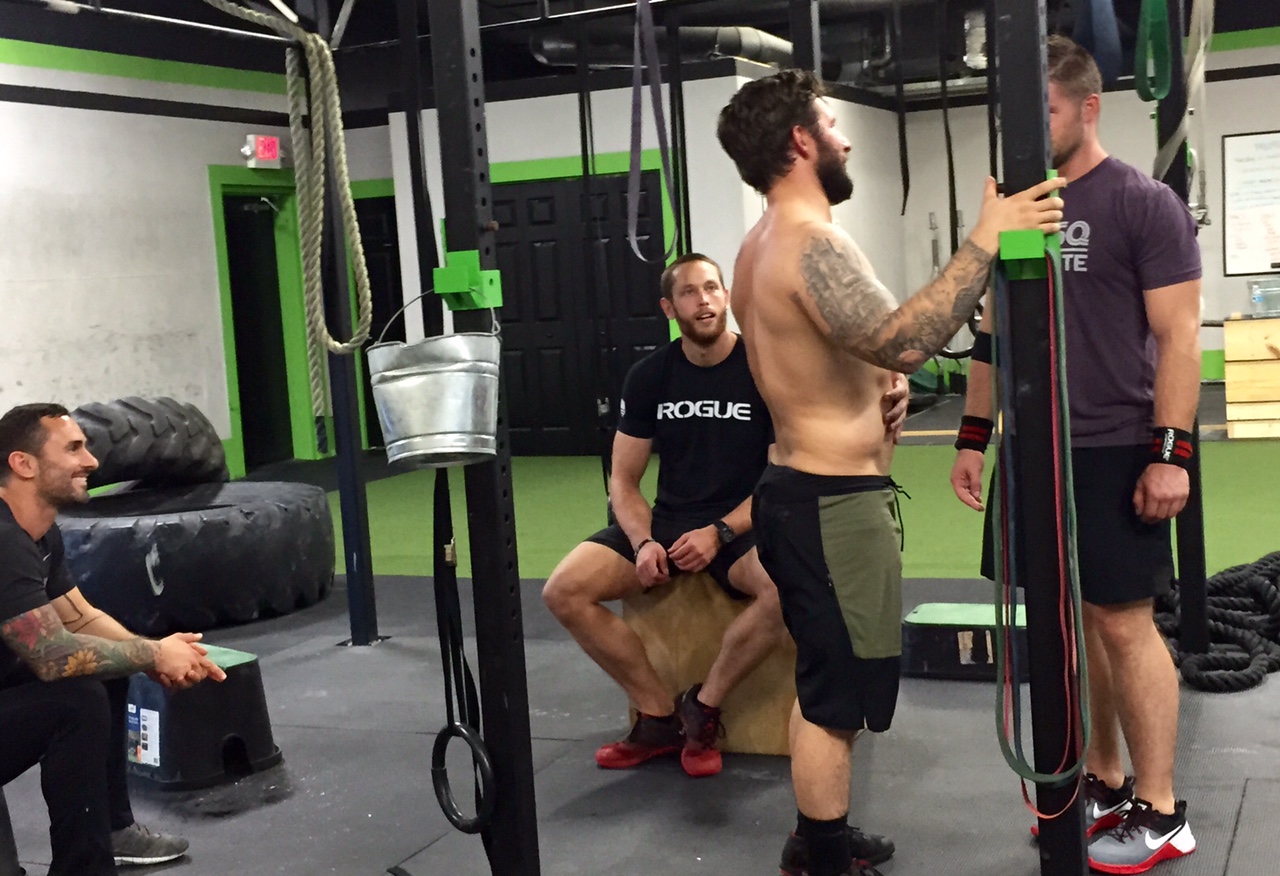Bro? Bro.
WLC Day 5: I took a lot for granted. I assumed the rules would look similar as they did in previous WLC games. I.Was.Wrong. Kick Start is basically cutting out bread and cheese. That’s not going to make a difference in your energy level, body composition, gut health, performance, etc. That’s not even a challenge. If you are a member of MVMNT For Life and are serious, hell, even semi-serious, about making some kind of change, follow the Lifestyle nutrition chart. For the first 30 days, everyone should exclude legumes and soy (see Monday’s post for the legumes manifesto) and DAIRY.
I almost ripped up the paper I was reading when I noticed kick start could have milk….that’s not really avoiding dairy, is it? If you’re having dairy products during the challenge, how will you know how dairy reacts with your body? You won’t. You need to remove these things from your body for about 30 days allowing your body to reset and then introduce them into a meal one at a time. Ie. don’t go 30 days strict and then have pizza with gluten, dairy, soy, etc. You have to approach this thing like a science experiment. Try adding cream to your coffee on day 31, go 24 hours and note any differences.
The Dairy Manifesto from Whole 9 Life
Milk: The Perfect Food (in Context)
Milk is an excellent source of energy and building blocks to rapidly grow mammals that are too young to eat adult food, such as grass (cows) and a wide range of plants and animals (humans). Until a mammal’s digestive system has completely developed and it can eat whole food, mother’s milk supplies optimal nutrition.
But mother’s milk is not just an inert supply of carbohydrate, protein, and fat—though it contains significant amounts of all of those macronutrients. Milk is an energy-dense hormone-delivery system–a blend of bioactive substances that not only promote aggressive growth of a very young mammal (doubling or tripling bodyweight in a very short period of time), but also ensure the complete development of the young one’s immune system. In this context, milk is the perfect food, and the perfect messenger.
However, when the biological messages intended for a calf are being received loud and clear by your adult human body, they are far less appropriate—and potentially downright harmful.
Milk Proteins: Casein and Whey
Casein makes up about 80 percent of total milk protein, and acts as a source of amino acid building blocks. In addition, protein sequences embedded in casein’s molecular structure are released during the digestion process and send a message from mother to young. The effects of these potently bioactive “food hormones” from another species on human adults remain largely unknown.
Casein, especially when it comes from aged cheese, also causes a specific type of immune system reaction called a histamine response . Histamine intolerance can cause headaches, GI upset, exacerbations of asthma, and seasonal allergies. It is unclear what percentage of the population has this response, but until you have completely removed all dairy proteins from your diet for a period of time, you won’t know whether or not you are affected.
Finally, casein shares some structural similarities with components of gluten. This means that gluten-sensitive individuals (including those with celiac disease) are less likely to tolerate casein-containing dairy products. Research suggests that at least 50 percent of celiacs are also sensitive to milk.
The other major category of milk protein is whey. Whey is a blend of multiple types of smaller proteins and hormones, including immunoglobulins, insulin, insulin-like growth factor 1 (IGF-1), estrogens, and other growth factors. (Remember, milk is a powerful growth promoter!) For this reason, milk is a highly insulinogenic food, which means that the combination of lactose plus whey dairy proteins causes the release of very large amounts of insulin when consumed.
The remarkably large amount of insulin secreted in response to milk and whey protein intake may prove problematic for those with metabolic syndrome, as in this population, it does not promote a healthy hormonal response. Anyone seeking to improve insulin sensitivity (or avoid becoming insulin resistant) would be best served by avoiding dairy products.
Read the entire Dairy Manifesto. No really. Do it. It’s not that long and it’s a good case for why you should remove it from your diet for 30 days.
Warmup
Dynamic Athletic Movement
10 Minutes
10 yd Downdog Walk
10 yd Frog Hop
10 yd Lateral Ape Walk
10 yd Reverse Downdog Walk
10 yd Reverse Frog Hop
10 yd Lateral Monkey Walk
Start to increase speed in the movements we’ve been practicing for several weeks: don’t sacrifice the basic movement quality, but see how moving a little faster feels.
For the Monkey, rather than keeping the hips low as in the Ape walk, let your hips come up high–even over your shoulders if you can–as you swing your legs up and bring them down softly with control.
Skill
10 Minutes Pull-up/Crow + Somersault Practice
L4 – 3-5 unbroken sets of 2/3/5 – 2 strict chest to bar/ 3 strict/ 5 kipping
L3 – kipping technique practice – swing/drive/kip/return
L2 – strict pull-up practice – sub-maximal sets/chin-ups/negatives/partial reps/scap-retractions
L0/1 – same as L2, and ring rows
***between sets of Pull-ups, practice finding your balance in the Crow pose, and then overbalance toward your fingertips, tucking your chin and rolling through a somersault into a squat stance. It should go without saying that if you can’t get into the Crow pose yet, work on that rather than the somersault.
Lift
5 x 3
Press @ 80%
Levels 0/1
5 x 5
Single Arm Kettlebell Press
Conditioning
“Marsupial”
10!
Swings
Push-ups
Butterfly Sit-ups

